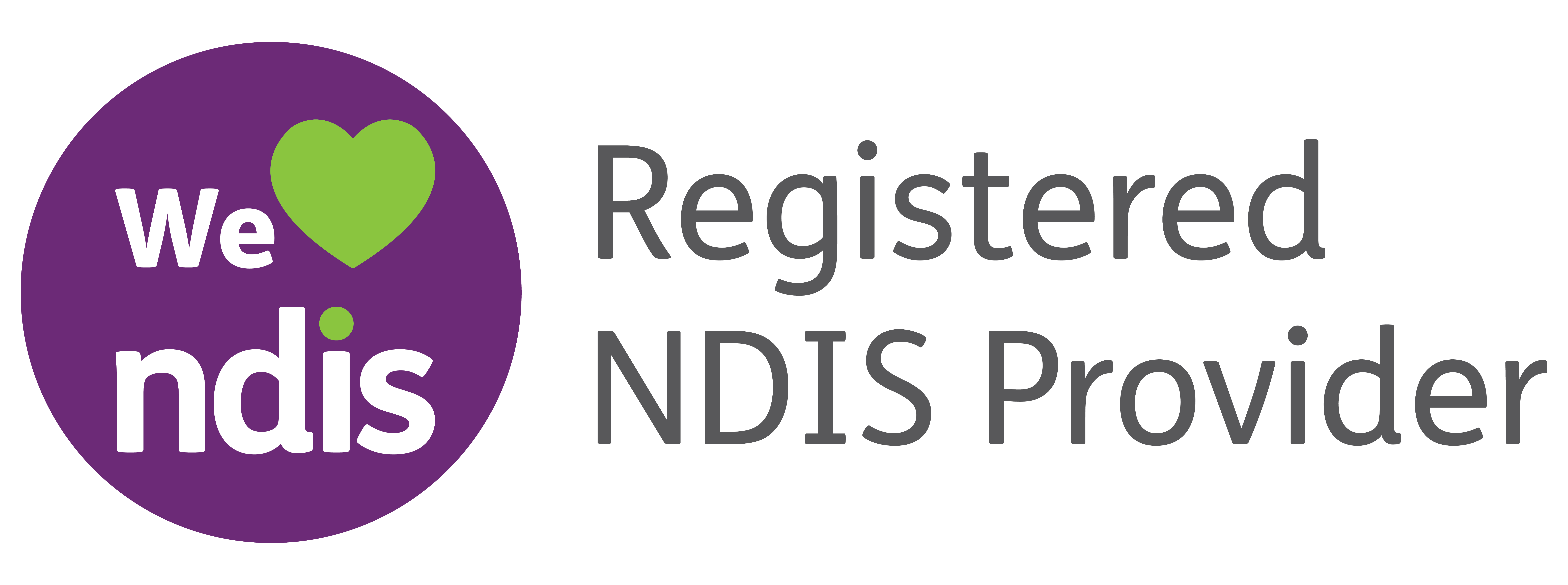
From 19 May 2025, the NDIS (National Disability Insurance Scheme) is introducing new rules around how funding is made available in participant plans. These changes are designed to help participants better manage their budgets and avoid running out of funds before their plan ends.
This blog breaks down the key updates so that NDIS participants, carers, and providers can understand what’s changing, why, and what actions they may need to take.
Why Are These Changes Happening?
Until now, most NDIS participants have received all of their plan funding upfront, usually to cover 12 months. While this gave maximum flexibility, it also meant some participants:
- Spent too much too early, which left them without enough funds later in the year.
- Struggled to manage their money, making it hard to plan for the whole 12 months.
- They were more vulnerable to being taken advantage of, either by others or through mistakes, leading to lost or misused funds.
What Are Funding Periods?
A funding period is a time during your plan when a portion of your funding becomes available. It does not reduce the total funding in your plan — it simply spreads out access to funding over time.
Example:
If you have $24,000 for Core Supports, under the new system, this might be split into four $6,000 quarterly payments.
If you don’t use it all in one period, the unspent amount rolls into the next.
What’s New from 19 May 2025?
- Funding will now be released in smaller chunks, often every three months.
- Home & Living supports will typically be released monthly.
- Assistive technology and home modifications may still be paid in full up front, depending on the item.
- These changes apply only to new or reassessed plans created on or after 19 May 2025.
- This is a gradual rollout – you won’t see any change until your plan is reviewed or reassessed.
How Does It Work in Practice?
| Support Type | How It’s Funded |
|---|---|
| Core Supports | Quarterly (every 3 months) |
| Home & Living Supports | Monthly |
| Assistive Technology, Home Mods | Full amount upfront |
- If you don’t use all the funds in a period, they roll over into the next.
- But at the end of the plan, any leftover funds are lost and don’t carry over to your next plan.
Who Sets the Funding Periods?
The NDIA (National Disability Insurance Agency) sets funding periods based on:
- Your preferences
- Risk of overspending
- Risk of fraud or exploitation
- Your individual needs and the type of support you use
This ensures funding is provided in a safe, flexible, and balanced way.
Who Can See My Funding Periods?
- You (the participant) can see them via the NDIS participant portal
- Your Plan Manager (if you have one)
- Your Support Coordinator (if they are registered and added to your plan)
- Other providers cannot see this unless you choose to share it
How Do Claims and Invoices Work Now?
- You can only claim support within your current funding period
- If your support (e.g., therapy or support work) crosses two funding periods, it may need two separate claims
- If you try to claim more than your current period’s budget, the claim will be rejected
[Good news: According to an update on 19 May 2025, invoices can cross funding periods — you may not always need to split them. This will help reduce admin for both participants and providers.]
Can I Move Funds Between Periods?
No, you cannot manually transfer funds between periods.
However, you can:
- Request a variation to change your funding period lengths
- Ask your planner to release more funds early, especially if you need:
- Equipment assessments
- Behaviour support
- Intensive early therapy
Does This Affect Children Too?
Yes. These rules apply to all new and reassessed plans, including:
- Early Childhood participants (under 7)
- Participants with high and complex needs
Those who are plan-managed, self-managed, or NDIA-managed
What Stays the Same?
- Core Supports remain flexible – you can move money between categories
- Capacity Building Supports also stay flexible, unless otherwise stated in your plan
- Unspent funds within a plan roll forward to the next period
- You can still request a plan reassessment if your needs change
What You Should Do Next
1. Talk to Your Planner
Ask about getting more funding early if you have:
- A high setup cost
- Behaviour support needs
- Equipment trials
2. Check Your Service Agreements
Ensure your providers know the new funding periods so their invoices match your plan.
3. Monitor Your Budget
Use the NDIS portal to keep track of spending across funding periods.
4. Ask for Support Early
Don’t wait until the funding runs out. Ask for a plan reassessment or variation if your needs change.

Partnering with SafeLane Healthcare: Your Trusted NDIS Support Provider
Navigating the recent changes in NDIS funding periods can be complex, but you don’t have to do it alone. SafeLane Healthcare is a registered NDIS provider dedicated to simplifying this journey for you.
SafeLane Healthcare offers a comprehensive range of disability support services tailored to individual needs. Their offerings include:
- NDIS Support Coordination: Helping you understand and implement your NDIS plan effectively.
- Personalised Care Plans: Developed in collaboration with you to meet your specific goals.
- 24/7 Rapid Response Services: Ensuring immediate support during emergencies.
- Daily Living Assistance: Support with everyday tasks to promote independence.
- Community Participation: Encouraging engagement in social and community activities.
Their team of trained professionals is committed to delivering compassionate and high-quality care, ensuring you receive the support you need when you need it.
Final Word: What These Changes Mean for You
The introduction of funding periods in NDIS plans is a major shift aimed at supporting participants to use their budgets more effectively, reduce financial stress, and protect against overspending or exploitation. Rather than receiving all your funding at once, you’ll now get access to your budget in smaller, more manageable amounts, usually every three months.
This new approach does not change your total funding, but it spreads it out across your plan to help you plan better, spend more consistently, and avoid running out too soon. It’s a more personalised and flexible system that considers your individual needs, spending patterns, and preferences.
While it may take a little time to adjust to this new system, the change is designed with your long-term well-being and independence in mind. By working closely with your NDIS planner or support coordinator, you can ensure your plan is structured in a way that supports your goals and gives you the flexibility and security you need.
If you’re unsure how this affects your current or upcoming plan, or if you have unique support needs, don’t hesitate to speak with the NDIS directly or request a planning meeting.
The key is to stay informed, monitor your budget regularly, and reach out early if you need adjustments.
Subscribe Our Newsletter
Join our newsletter for community updates and resources.


